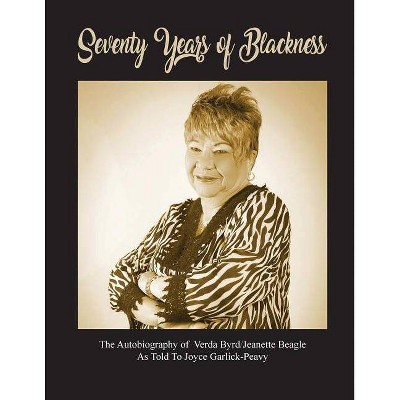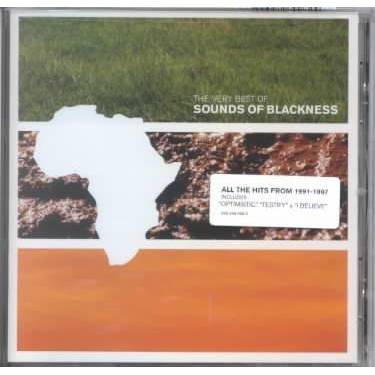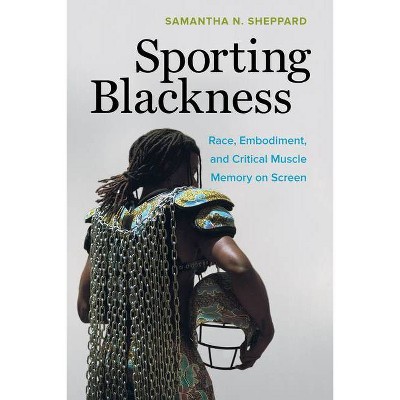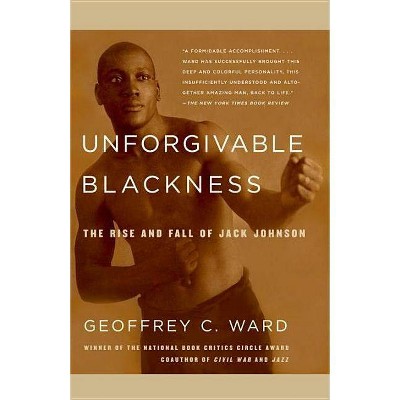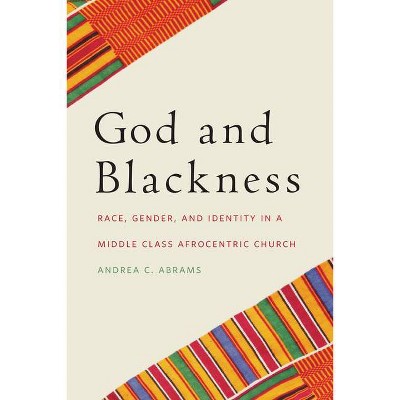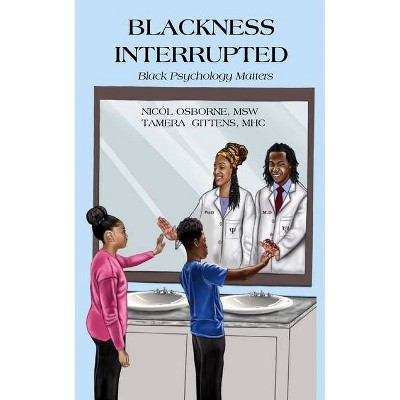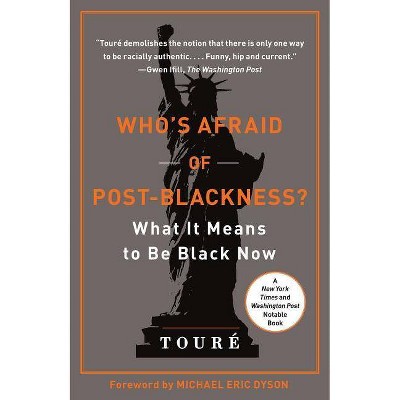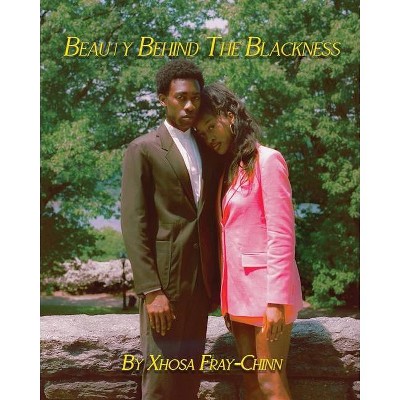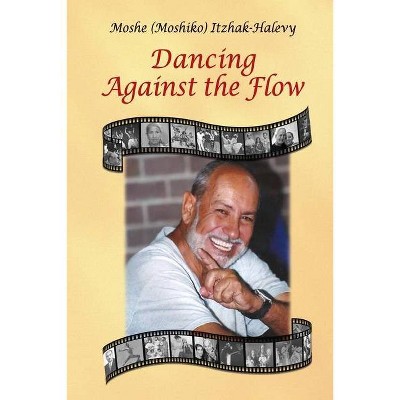Dancing in Blackness - by Halifu Osumare (Paperback)
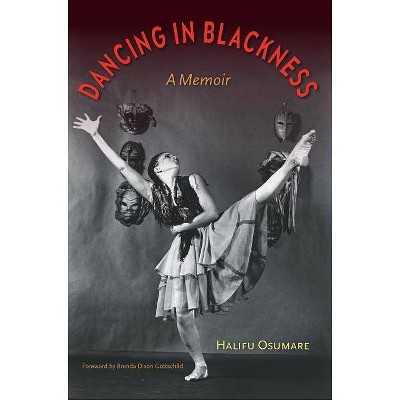
Similar Products
Products of same category from the store
AllProduct info
<p/><br></br><p><b> Book Synopsis </b></p></br></br><p><b>American Society for Aesthetics Selma Jeanne Cohen Prize in Dance Aesthetics</b></p> <p><b>Before Columbus Foundation American Book Award</b></p> <p><i>Dancing in Blackness</i> is a professional dancer's personal journey over four decades, across three continents and 23 countries, and through defining moments in the story of black dance in America. In this memoir, Halifu Osumare reflects on what blackness and dance have meant to her life and international career.</p> <p>Osumare's story begins in 1960s San Francisco amid the Black Arts Movement, black militancy, and hippie counterculture. It was there, she says, that she chose dance as her own revolutionary statement. Osumare describes her experiences as a young black dancer in Europe teaching jazz ballet and establishing her own dance company in Copenhagen. Moving to New York City, she danced with the Rod Rodgers Dance Company and took part in integrating the programs at the Lincoln Center. After doing dance fieldwork in Ghana, Osumare returned to California and helped develop Oakland's black dance scene. Osumare introduces readers to some of the major artistic movers and shakers she collaborated with throughout her career, including Katherine Dunham, Pearl Primus, Jean-Leon Destine, Alvin Ailey, and Donald McKayle. </p> <p>Now a black studies scholar, Osumare uses her extraordinary experiences to reveal the overlooked ways that dance has been a vital tool in the black struggle for recognition, justice, and self-empowerment. Her memoir is the inspiring story of an accomplished dance artist who has boldly developed and proclaimed her identity as a black woman.</p><p/><br></br><p><b> Review Quotes </b></p></br></br><br><p>"A detailed picture of a life devoted to artistry, advocacy and profound intellectual inquiry centered on the histories, traditions and sociopolitical contexts of African Diaspora dance. . . . Our knowledge is deepened about not only the navigations around building a life as a black female dancer/scholar, but also the shifting meanings of blackness, black bodies, gender and intercultural encounter."--<b><i>British Journal of Aesthetics</b></i></p> <p>"Osumare has engaged with black dance as performer, choreographer, educator, arts administrator, researcher, and activist in the United States, Africa, and Europe, and through multiple careers. In this equal parts memoir, autoethnography, history, encyclopedic catalog, and sociocultural analysis, she traces her activities from the 1960s through the late 1990s, as she becomes a tenacious advocate for black dance. . . . An eclectic mélange."--<i><b>Library Journal </i></b></p> <p>"A lovely example for any dance student to see that art does not exist in a vacuum but is a response to and reflection of artists' experiences, conflicts, and boundaries created by themselves or society."--<i><b>Journal of Dance Education</i></b></p> <p>"Explores the relationship between dance and culture from the perspective of someone who celebrated both, intertwined."--<i><b>Sacramento Bee</i></b></p><br>
Price History
Price Archive shows prices from various stores, lets you see history and find the cheapest. There is no actual sale on the website. For all support, inquiry and suggestion messages communication@pricearchive.us
